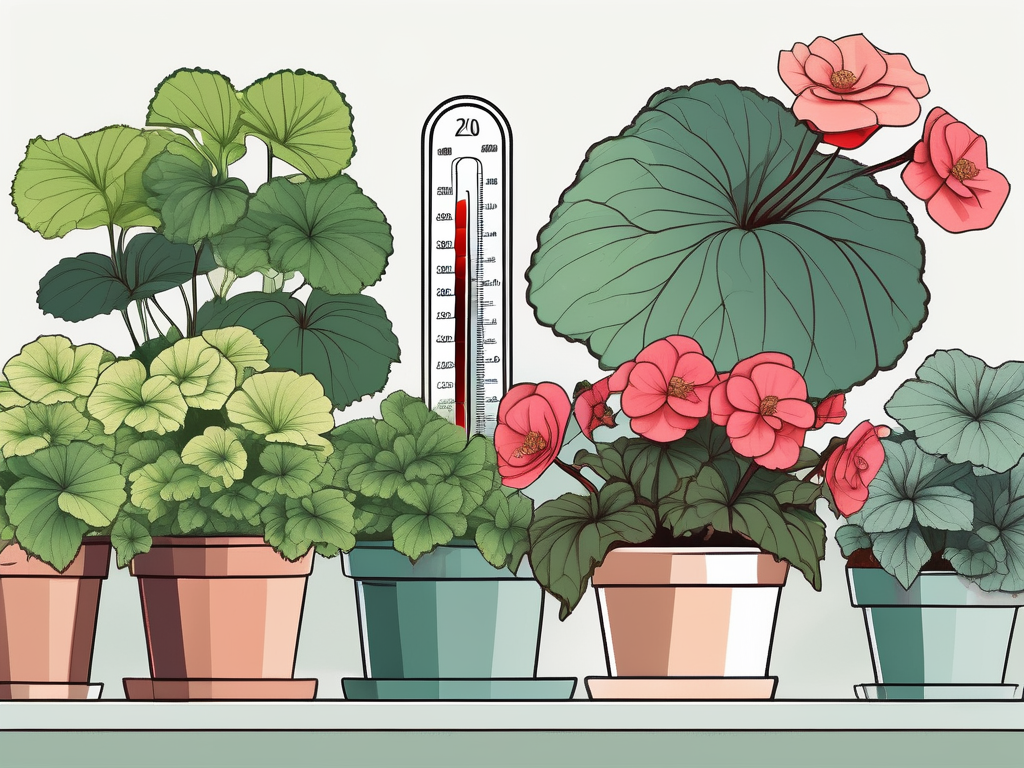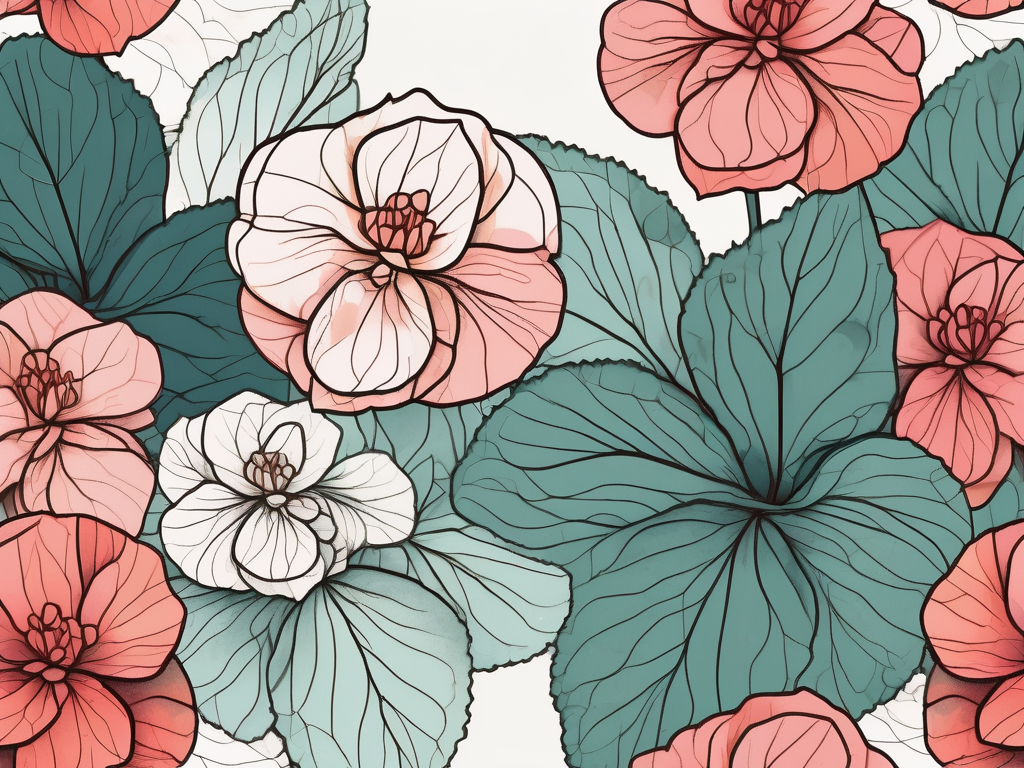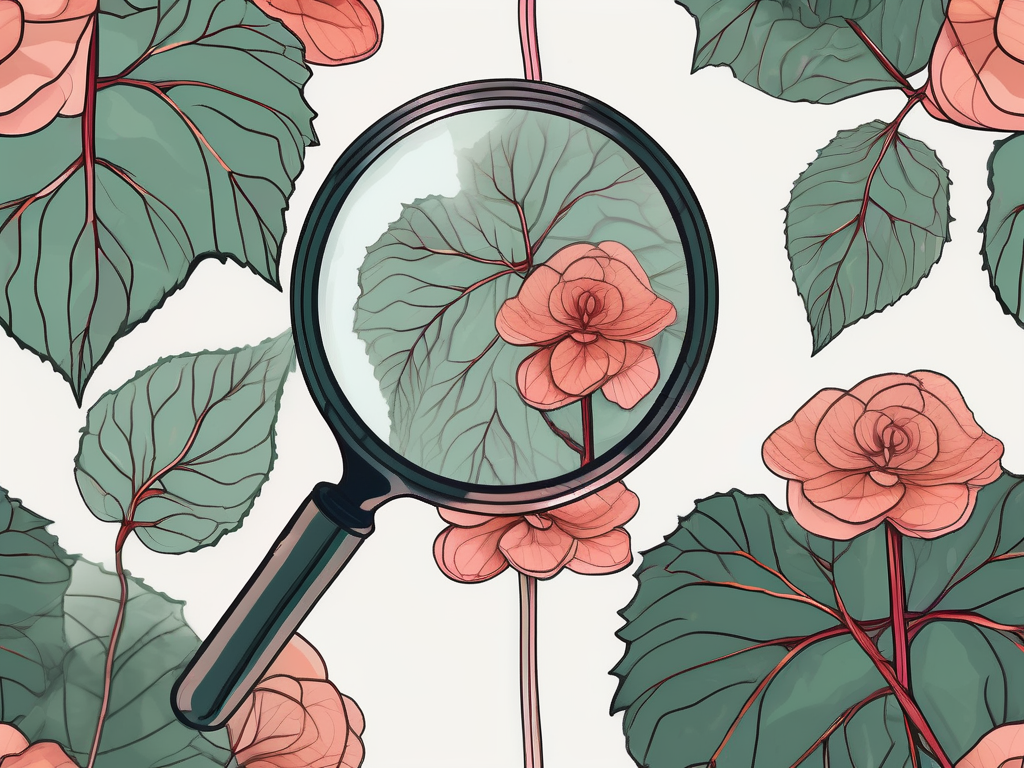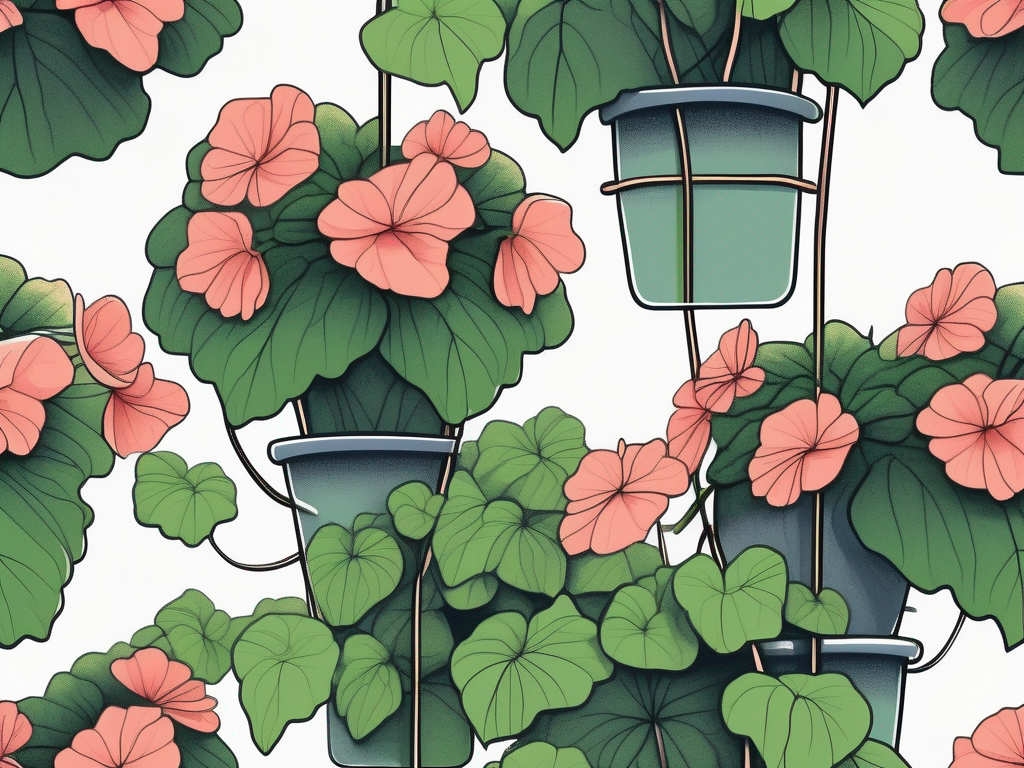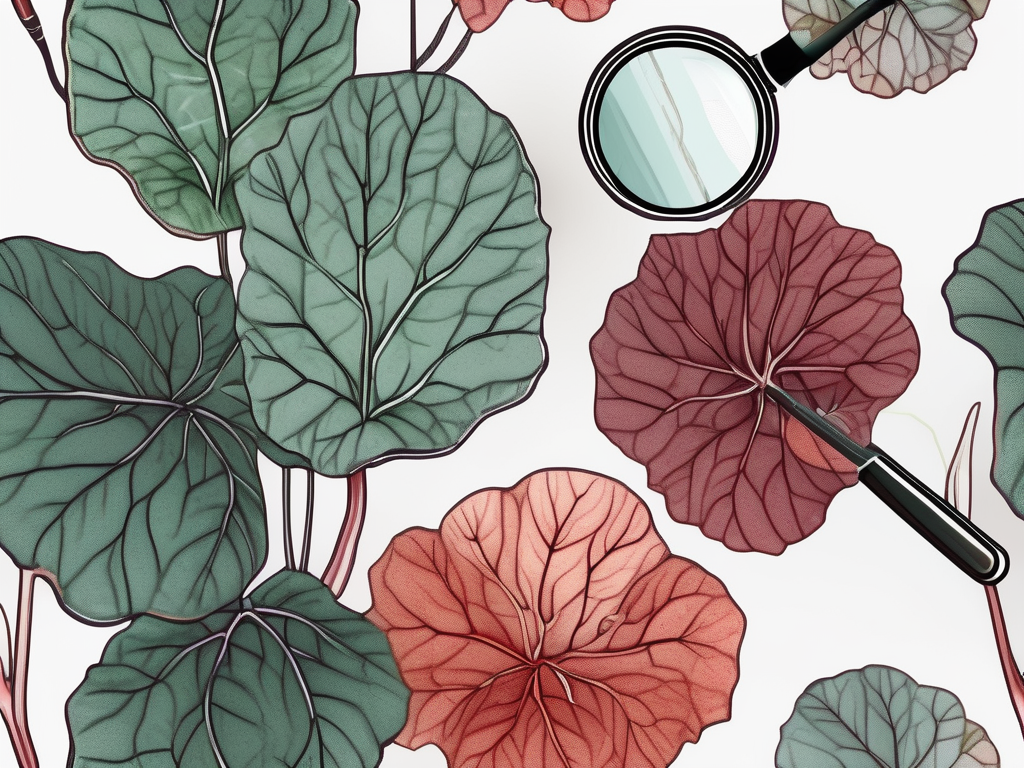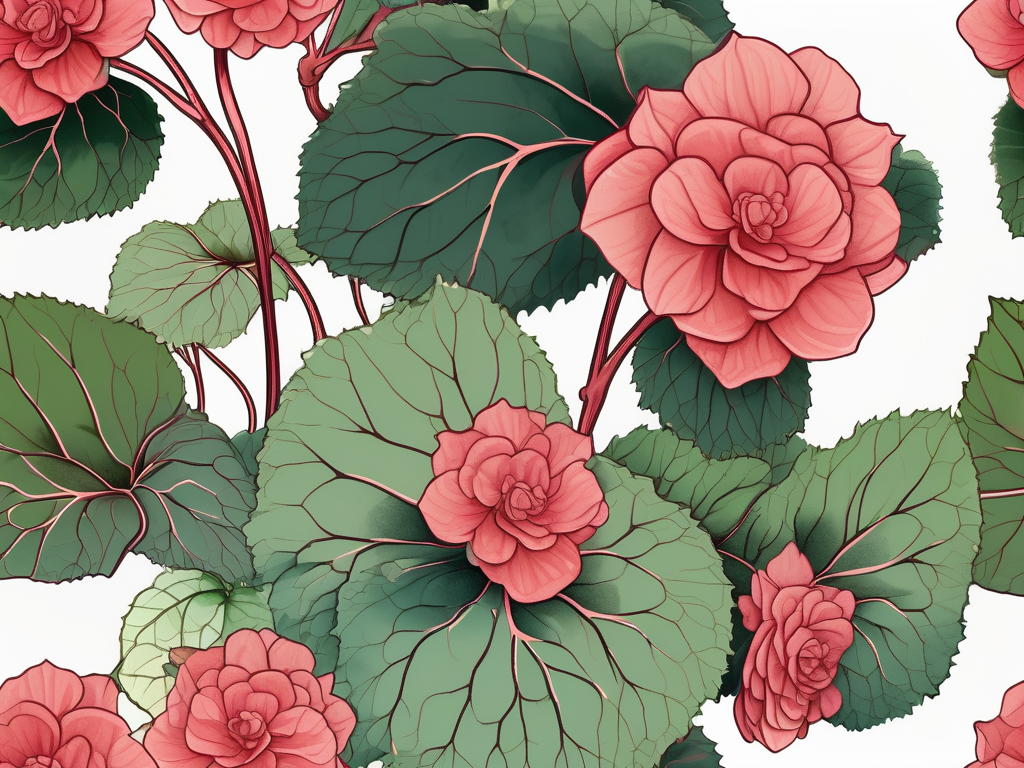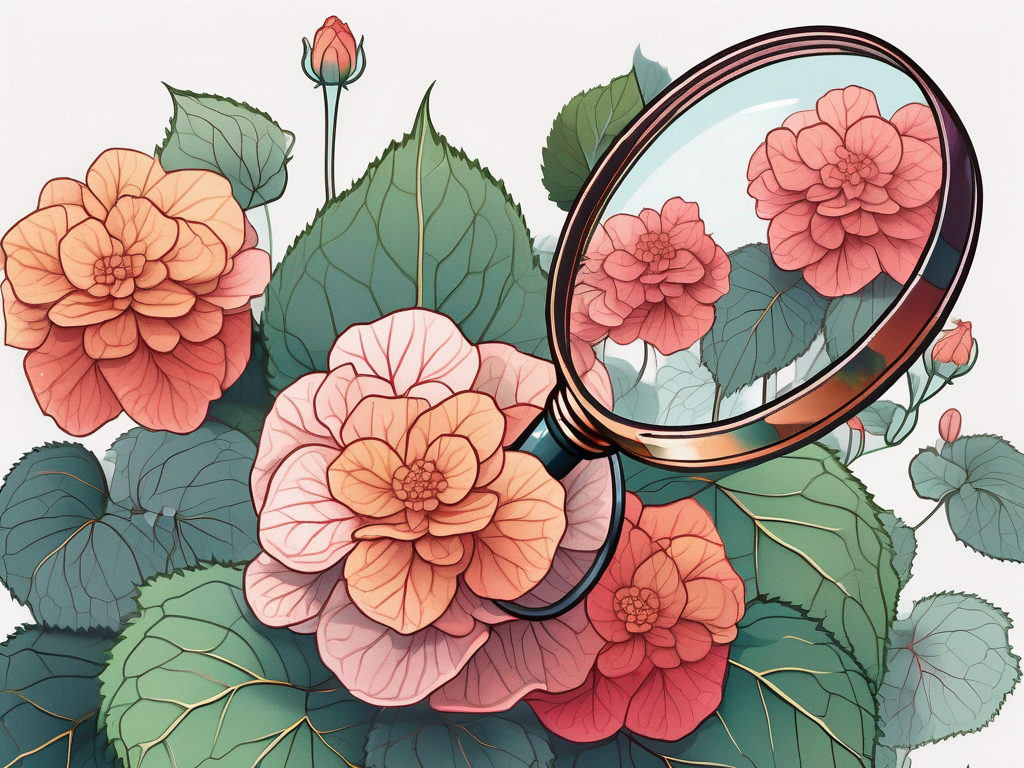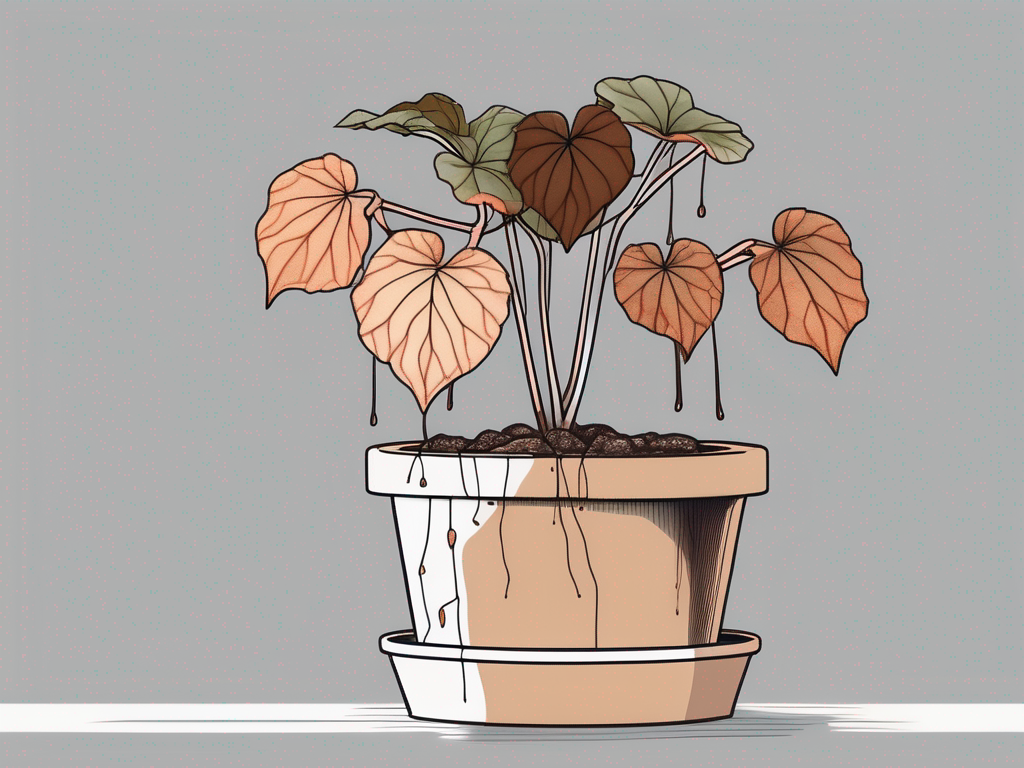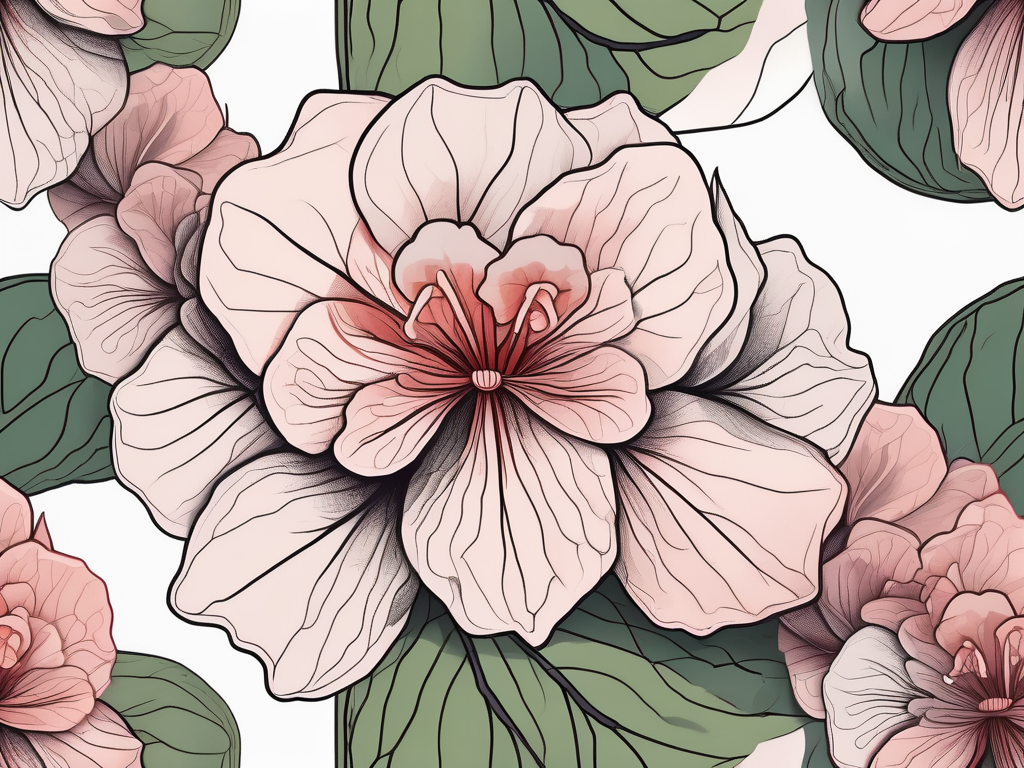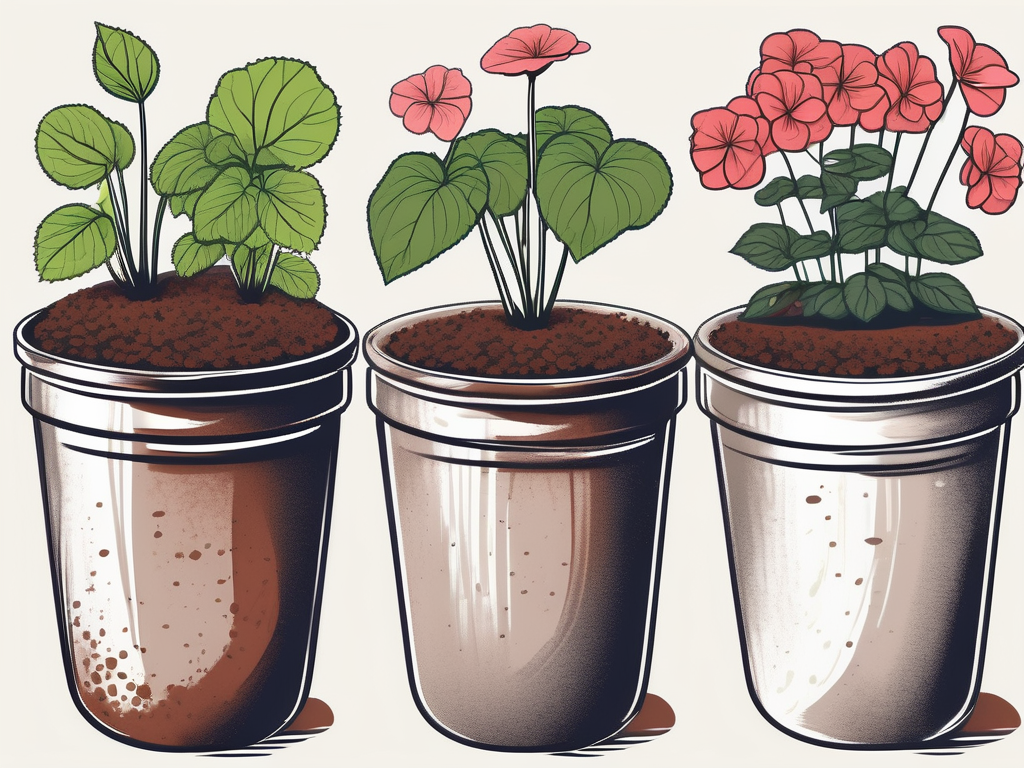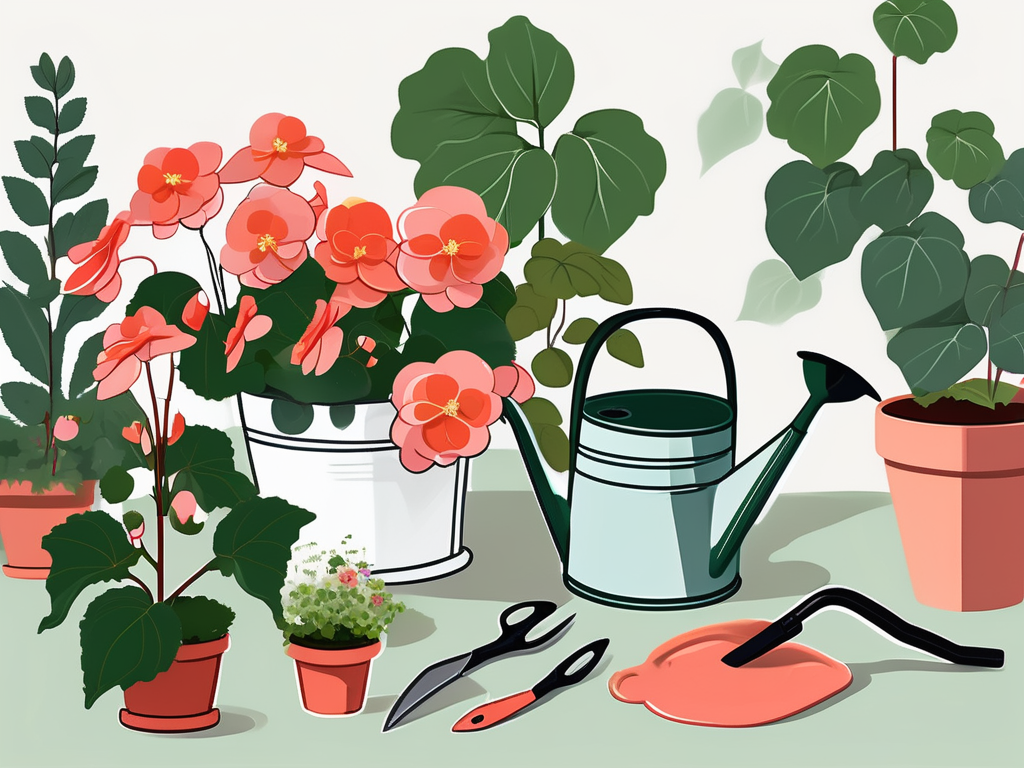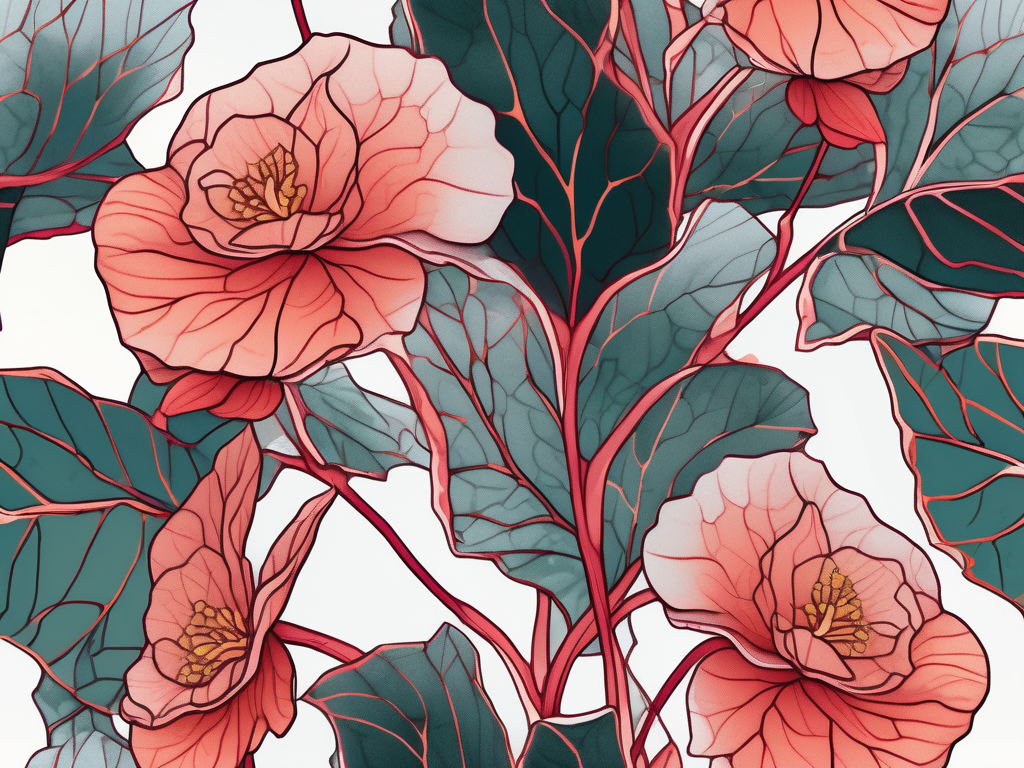
Begonias are truly fascinating plants, and if you've ever admired their vibrant leaves and delicate flowers, you're not alone. These plants are not only beautiful but also versatile, making them a great addition to any home. Whether you're a seasoned plant lover or just starting your indoor jungle, learning to care for begonias can be a rewarding experience.
In this article, we'll cover everything you need to know to keep your begonias thriving. From the basics of light and water requirements to dealing with common pests, and even how to incorporate these beauties into your home decor, we've got you covered. So, grab your gardening gloves (or maybe just a cup of coffee), and let's get started!
Choosing the Right Begonia for Your Home
Before diving into the care specifics, it's important to choose a begonia that fits well with your home environment and lifestyle. With over a thousand species and numerous hybrids, begonias offer something for everyone. Here are a few popular types you might consider:
- Rex Begonias: Known for their stunning foliage, rex begonias are all about the leaves. They come in various colors, patterns, and textures.
- Wax Begonias: These are small, bushy plants with waxy leaves and flowers that can bloom throughout the year.
- Tuberous Begonias: Perfect for their showy flowers, these begonias are often grown for their vibrant blooms.
When choosing a begonia, consider the light conditions in your home, your level of experience with plants, and how much time you can dedicate to plant care. Some begonias require more attention than others, so matching the plant to your lifestyle is key.
Light Requirements for Begonias
Understanding light needs is crucial for any houseplant, and begonias are no exception. While different types of begonias have slightly varying light requirements, most of them thrive in bright, indirect light. Here's a quick rundown to help you find the perfect spot:
- Indirect Light: Most begonias prefer indirect sunlight. A north or east-facing window is often ideal.
- Filtered Light: You can also place them behind a sheer curtain to diffuse the light if you only have a south or west-facing window.
- Avoid Direct Sun: Direct sunlight can scorch the leaves, so it's best to avoid placing your begonia in a spot where it gets harsh afternoon sun.
Pay attention to how your plant responds. If the leaves are pale or dropping, it might need more light. On the other hand, crispy edges might mean it's getting too much sun.
Watering Your Begonia
Watering can make or break your begonia care routine. These plants enjoy a moist environment but are prone to root rot if overwatered. Here are some tips to keep your begonia happy:
- Check the Soil: Always check the top inch of soil before watering. If it feels dry, it's time to water.
- Use the Right Watering Technique: Water thoroughly until you see it drain from the bottom of the pot. This ensures that the roots get enough moisture.
- Avoid Watering the Leaves: Try not to get water on the leaves, as this can cause spots or encourage mold growth.
It's also wise to adjust your watering schedule based on the season. Begonias typically need less water in the winter when growth slows down.
Soil and Potting Mix for Begonias
Choosing the right soil is another essential aspect of begonia care. These plants prefer a well-draining potting mix that holds moisture without becoming waterlogged. Here's what to keep in mind:
- Use a Light Potting Mix: A mix with peat moss, perlite, and vermiculite works well.
- Ensure Good Drainage: Make sure your pot has drainage holes to prevent water from collecting at the bottom.
- Repot When Needed: If your begonia outgrows its pot, repot it in a container one size larger with fresh soil.
If you're feeling adventurous, you can make your own potting mix. Just remember to keep it light and airy to encourage healthy root growth.
Fertilizing Your Begonia
Fertilizing is like giving your begonia a little extra boost to keep it growing strong and vibrant. But there's a balance to strike, as too much fertilizer can harm the plant. Here's how to do it right:
- Use a Balanced Fertilizer: A balanced, water-soluble fertilizer works best. Look for something with equal parts nitrogen, phosphorus, and potassium.
- Fertilize During the Growing Season: Apply fertilizer every 2-4 weeks during the spring and summer when the plant is actively growing.
- Reduce in Winter: Cut back on fertilizing in the winter when the plant's growth naturally slows down.
Always follow the instructions on the fertilizer package, and remember that less is often more when it comes to feeding your begonia.
Temperature and Humidity Needs
Begonias are tropical plants, so they thrive in warm and humid environments. If you're living in a dry area, you might need to make a few adjustments to keep your begonia comfortable:
- Keep It Warm: Begonias prefer temperatures between 65°F and 75°F. Avoid exposing them to drafts or sudden temperature changes.
- Boost Humidity: If your home is dry, consider using a humidifier or placing a tray of water near the plant to increase humidity.
- Avoid Cold Snaps: If you're moving your begonia outside for the summer, be sure to bring it in before the temperatures drop below 60°F.
Keeping your begonia in the right temperature range will help prevent stress and promote healthy growth.
Dealing with Common Pests and Problems
Even with the best care, begonias can sometimes fall prey to pests or disease. The good news is that with a little vigilance, you can keep these issues in check. Here's what to watch for:
- Watch for Pests: Common pests include aphids, mealybugs, and spider mites. Regularly inspect your plant and treat infestations promptly with insecticidal soap or neem oil.
- Avoid Overwatering: Root rot is a common issue caused by overwatering. Make sure the soil has good drainage and avoid letting the plant sit in water.
- Prevent Fungal Issues: Powdery mildew and leaf spot can occur in high humidity. Ensure good air circulation and remove any affected leaves immediately.
Keeping your plant clean and regularly monitoring for issues will go a long way in keeping it healthy and vibrant.
Incorporating Begonias into Your Home Decor
Beyond their care, begonias offer a wonderful opportunity to enhance your home's aesthetic. Their vibrant colors and unique textures make them a fantastic addition to any room. Here are some tips for using begonias in your decor:
- Mix and Match: Combine different types of begonias for a varied and interesting display. Consider using pots of different sizes and colors to create visual interest.
- Use as a Focal Point: A large begonia in a decorative pot can serve as a stunning centerpiece on a table or shelf.
- Pair with Other Plants: Begonias pair well with other tropical plants. Try grouping them with ferns or peace lilies for a lush, tropical look.
Don't be afraid to get creative! The versatility of begonias means they can fit beautifully into any style, from modern to bohemian.
Propagating Begonias
Once you’ve got the hang of caring for your begonia, you might want to try your hand at propagation. Not only is this a fun project, but it’s also a cost-effective way to expand your collection or share with friends. Here’s how you can propagate begonias:
- Leaf Cuttings: Many begonias, like rex begonias, can be propagated through leaf cuttings. Just cut a healthy leaf, place it on moist soil, and cover it with plastic to retain humidity. New plantlets should form in a few weeks.
- Stem Cuttings: Take a stem cutting just below a node, remove the lower leaves, and place the cutting in water or soil. Roots should start to develop in a couple of weeks.
- Division: Tuberous begonias can be divided when repotting. Gently separate the tubers and plant them individually in new pots.
Propagating begonias can be a bit of a science experiment, but with patience, you'll be able to grow new plants and share them with fellow plant lovers.
Final Thoughts
Caring for begonias can be a delightful journey, filled with learning opportunities and the joy of watching these beautiful plants thrive. From selecting the right variety to mastering watering and lighting, every step is a chance to connect with nature and improve your green thumb.
At Cafe Planta, we're passionate about helping you succeed with your plant care. Whether you're looking for a new begonia to add to your collection or need advice on keeping your plants healthy, we're here to support you. Feel free to reach out to us via email or connect with us on Instagram. We believe that plants have the power to bring people together, and we're excited to be part of your plant journey!













